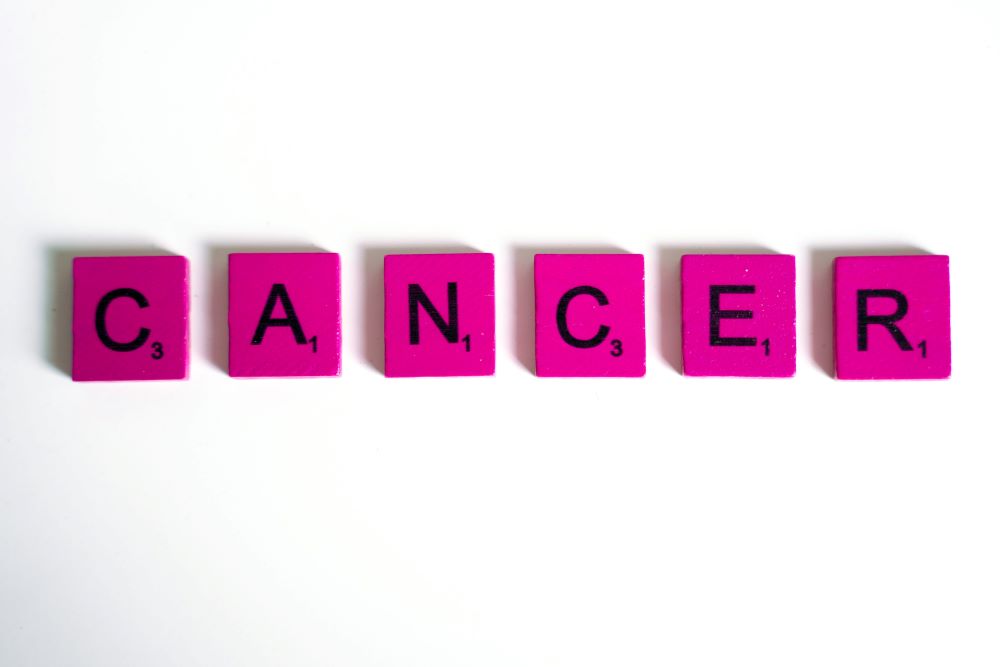Scientists test new cancer-fighting method with early success.
Given the tremendous toll that cancer takes on our population each year, any new breakthrough in treatment is one worth celebrating. Of course, it can take some time for a new idea or technique to make its way through testing and into use in human patients, but all advances have to start somewhere, and anything that has been shown to kill cancer cells is promising.
One interesting new cancer treatment that is being tested in mice uses a somewhat surprising approach to achieve impressive early results. The concept is to use a battery to pull oxygen out of a tumor, creating conditions that may be more conducive to successful treatment by specific cancer drugs. Positive results in testing on mice, which have been achieved so far through this technique, are not a guarantee of future outcomes – however, even getting this far is a notable accomplishment.
To understand what this new cancer treatment concept is trying to accomplish, it’s important to back up and understand what hypoxia is and how it impacts the growth of cancerous tumors. When a tumor grows quickly, the blood supply to that area of the body might not be able to maintain normal oxygen levels, meaning the tumor could be hypoxic (low in oxygen). An unfortunate side effect of hypoxia is that immune cells in the body may not be able to survive in that environment, meaning the body struggles to fight off the cancerous cells.
This concept is understood, and drugs have been developed specifically with the intent of going after hypoxic areas of the body, such as tumors. Those drugs haven’t delivered the desired results, however, perhaps because some tumors aren’t low enough in oxygen to attract the drug and its effects.

It’s the struggles of those drugs that are designed to target low-oxygen cells that has led researchers to try adding a battery to the environment to reduce oxygen levels even further. By wrapping a tumor in a small battery and using the battery to essentially eat up available oxygen in the tumor, researchers have been able to create tumors that are particularly hypoxic. That enhanced hypoxia, along with the use of the same drugs that have not produced great results previously, has led to outstanding results in mice.
The cancer cells in mice that have been treated with this approach have been shrunk by an impressive 90%. That doesn’t mean the entire tumor has been eliminated, of course, but a 90% reduction is a notable result and indicates that the general strategy employed by the technique is worthy of further exploration. So far, it has only been breast cancer tumors in mice that have been targeted, so testing will have to expand to other kinds of tumors to see how the technique performs before it moves on to humans.
Plenty of potential challenges await this technique for killing cancer cells, and the road to actually being used successfully in humans is a long and winding one. Specifically, batteries would need to be developed that can work on the tumors that are found in humans, which are going to be much larger than what exists in mice. Only will tell if this research leads to a new treatment that can play a meaningful role in cancer care for humans.
Sources:
A self-charging salt water battery for antitumor therapy


Join the conversation!